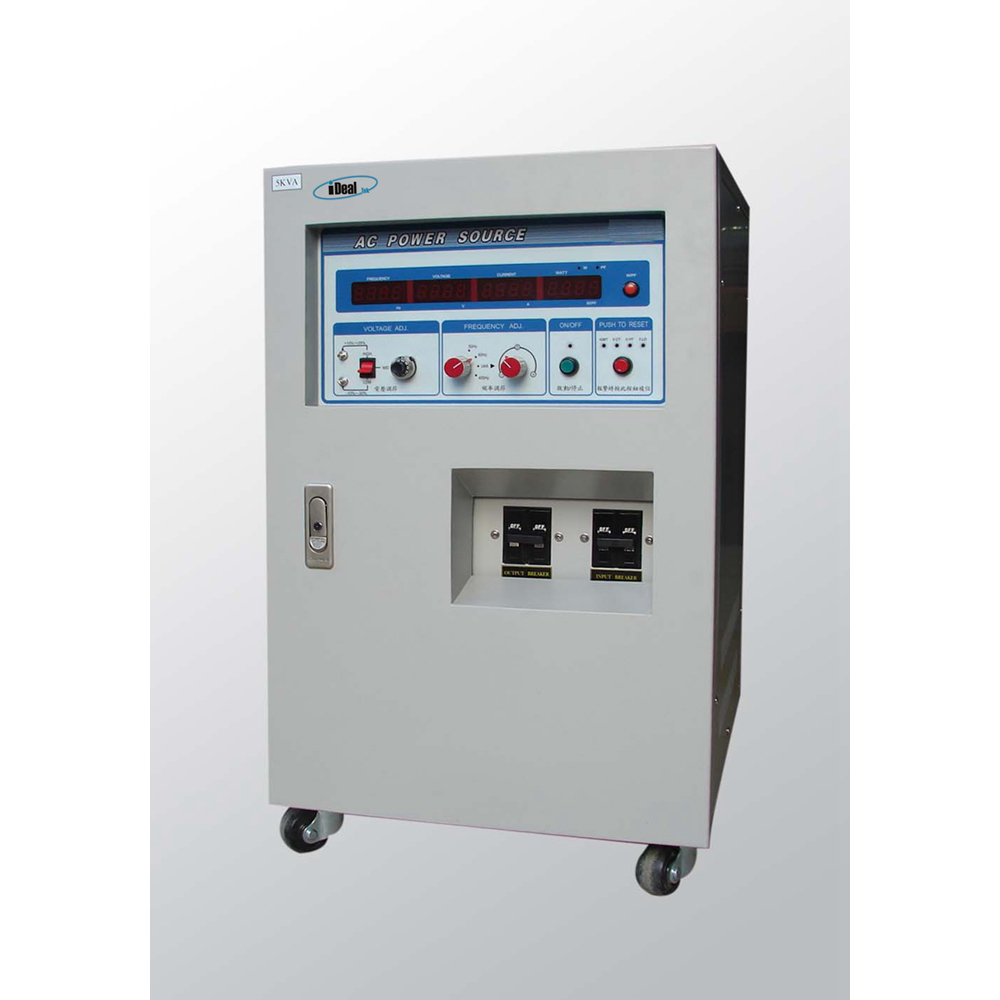In the U.S. printing and packaging industry, mergers and acquisitions (M&A) are becoming more frequent, with companies increasingly focusing on successful integration after a deal. Recently, an online M&A integration roundtable hosted by "Printing Impression" magazine attracted over 10,000 professionals in the field. Industry leaders discussed best practices for managing the transition during M&A, emphasizing the importance of clear communication and mutual understanding between buyers and sellers.
One key takeaway from the forum was the importance of a well-structured exit strategy for sellers. According to Joe Polk, chairman of the Central Division of the American Printing Industry Association, the M&A process typically takes 8 to 12 months. Sellers must plan ahead to ensure a smooth transition. Delaying the sale can lead to unfavorable conditions, such as market fluctuations or declining company value.
Tom Williams, a senior director at a financial institution, highlighted that sellers often have a psychological price that is 20% to 30% higher than the actual market value. He advised sellers to base their pricing on current market trends rather than historical performance. As markets evolve, the perceived value of a business can change rapidly, so timing is crucial.
From the buyer’s perspective, thorough due diligence is essential. Albert Regimov, CEO of the International Printing Group, stressed that buyers should gather as much information as possible about the target company before making an offer. This includes analyzing financials, customer base, competitors, costs, and operational capabilities. For smaller businesses, this process might take a few weeks, while larger companies may require several months.
Additionally, buyers should also conduct reverse due diligence to ensure the acquisition aligns with their long-term strategy. This helps determine the right payment structure—whether it's a lump sum, installment, or financed deal.
James Roseller, CEO of Amber Publishing, emphasized the importance of seller involvement post-acquisition. He recommended that sellers remain engaged for at least six months to support the new company’s operations. This is especially important if the buyer is a private equity firm without industry experience. The seller’s continued presence can help maintain client relationships and retain key personnel.
Finally, the forum underscored the need for mutual respect and flexibility. James Russell shared an example where a newly acquired company’s leader was given a new role that aligned with his career goals. This approach not only helped retain talent but also ensured a smoother integration process. Overall, successful M&A requires careful planning, transparency, and strong collaboration between all parties involved.
Intermediate Frequency AC Power Supplies
The IFP series is AC Power Supplies with a constant 400Hz output frequency and adjustable output voltage, based on the same technical principle as the adjustable AC power supplies of SPWM method, IGBT module design and D/A conversion technology. The difference is that the output frequency of the Intermediate Frequency AC Power Supplies is constant at 400 Hz, it is a replacement product of unit type variable frequency power supplies with higher output frequency accuracy and stability.

According to the difference in the number of output phases, the Intermediate Frequency AC Power Supplies can be divided into single-phase and three-phase Intermediate Frequency AC power supplies.
The output power of single-phase Intermediate Frequency AC Power Supplies ranges from 500VA to 200KVA, and the output power of three-phase Intermediate Frequency AC Power Supplies ranges from 3KVA to 600KVA. The output voltage of both types can be divided into 0 ~ 150Vac, 150 ~ 300Vac with 400Hz fixed output frequency. This series of AC power supplies are featured for high precision, stable output, high display resolution, low waveform distortion and complete protection functions.
Through the friendly operation panel, you can read the output data such as output voltage, output current, output power, power factor, etc., providing accurate data records for your test, and can add RS485 interfaces as standard, following the MODBUS-RTU international communication protocol, which can realize remote control and operating status monitoring of the power supplies, Currently, the Intermediate Frequency AC Power Supplies are mainly used for aircraft and mechanical equipment, radar, navigation and other military electronic equipment and other occasions that require 400Hz intermediate frequency output.
Intermediate Frequency AC Power Sources, 400Hz AC Power Supplies, 400Hz AC Power Sources, Middle Frequency AC Power Supplies, AC Power Supplies 400Hz
Yangzhou IdealTek Electronics Co., Ltd. , https://www.idealtekpower.com
